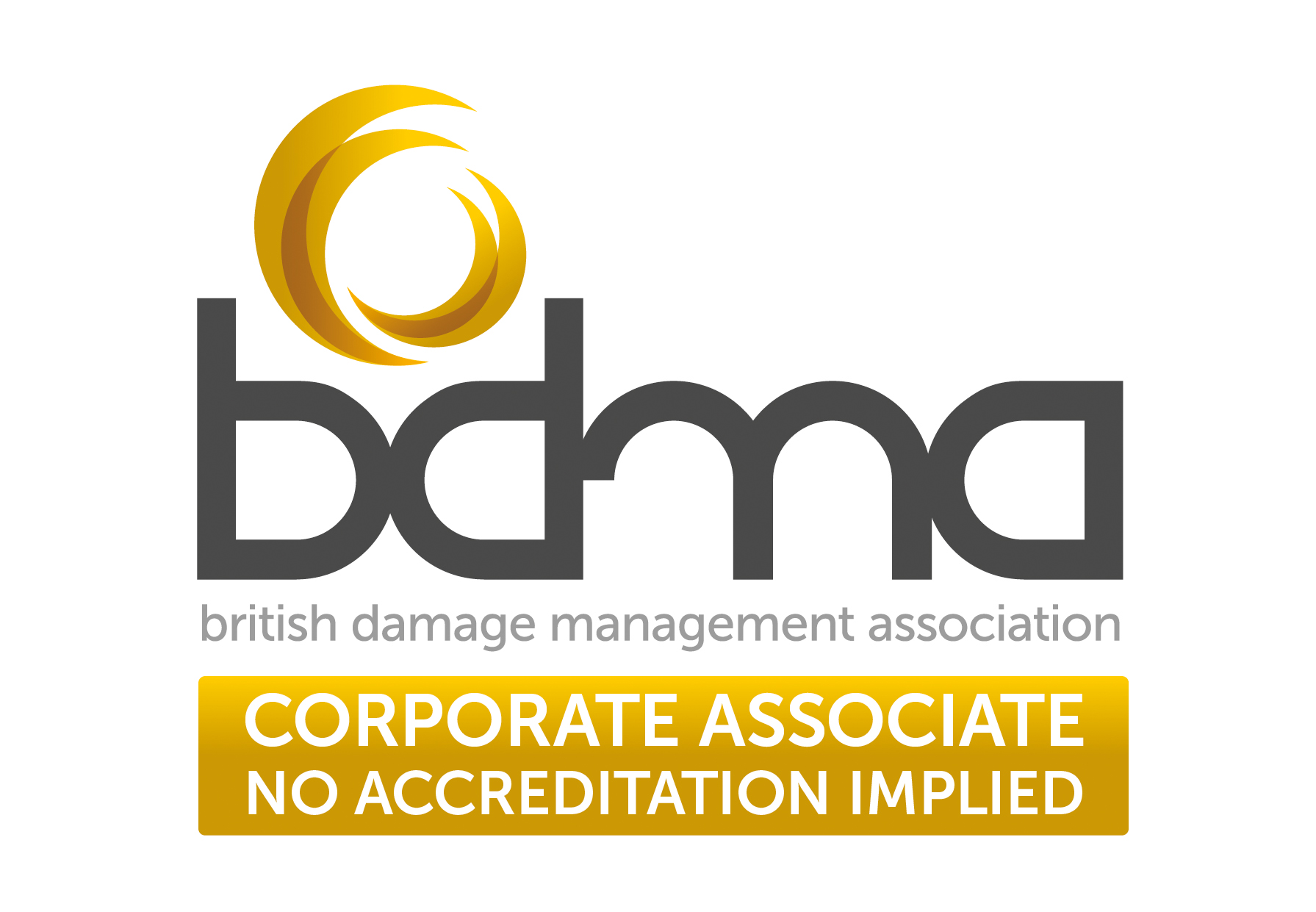Damp and mould are common issues in UK homes. The problem seems to be increasingly frequent in rental properties. This appears to be down to the fact that it isn’t always clear whose responsibility it is to deal with it. So it doesn’t always get remediated quickly, which can cause the problem to quickly get worse. In this article, we will look at the common types of damp, with some tips on how you can prevent it. We will also look at how you can identify whose responsibility it is to fix it and what action you can take.
What causes damp and mould growth?
There are different types of damp in residential properties.
Here are the most common:
Condensation Damp
Condensation damp is the most common type of damp in properties. When warm moist air hits a cold surface, water drops are formed, this is called condensation.
Condensation damp can be caused by poor ventilation, inadequate heating, lack of insulation or combination of these.
Penetrating Damp
Penetrating damp is where water travels through the fabric of a building from the outside. Through walls, ceiling and roofs.
Rising Damp
Rising damp is more common in older buildings. It is caused when water travels up from the ground, through the floor and walls.
Any area of damp in the home provides conditions for mould to grow. It is sometimes the case, that you are only made aware of a damp issue when you spot mould growth.
Damp and mould need to be dealt with quickly, as it can soon lead to bigger issues. Living in a home with damp and mould can cause problems to the health of those living in the property. It can also become incredibly stressful, which can have an impact on your mental health.
Whose responsibility is it?
It is not always clear what the cause of damp and mould growth is in a property. This can lead to a difference in opinion about who should fix it.
It is often a good idea to call in a professional to take a look and identify the causation. Flood Doctor provides comprehensive damp and moisture surveys. These surveys provide details on the level of damp and the areas affected. They will also identify the cause and provide a solution to rectify the problem.
Tenants
It is a tenant's responsibility to ensure the property is well ventilated and well heated. This will help prevent condensation damp.
- Windows need to be opened where possible.
- Extractor fans should be used in kitchens and bathrooms, during and after use.
- Where possible, clothes shouldn’t be hung up to dry in the home as the water has nowhere to escape to and will be absorbed into walls and furniture.
- It is advisable to keep heating on constantly at a lower temperature during the colder months. As opposed to having the heating going on and off throughout the day.
Our article How to prevent condensation, damp and mould in your home, gives more helpful information on steps you can take.
Landlords
Landlords are responsible for the exterior of the property, water supply and plumbing. If damp is caused by one or more of the following it is likely the landlord's responsibility to fix.
- Broken, damaged or missing roof tiles.
- Cracks in the walls.
- Broken/blocked gutters.
- Cracked or unsecure windows.
- Leaking pipes.
- Faulty plumbing in need of repair.
What steps should I take?
Ideally, speak to your landlord or letting agent as soon as you can see an issue. It's much easier and usually cheaper to deal with any issues early on. It is also much better for your health to get these issues resolved quickly.
If it’s obvious why it is damp then that is great news. As it should be easier to understand how it can be dealt with and whose responsibility it is to deal with it.
If it isn’t clear, you can call in a water damage remediation company, for a professional opinion.
If the damp and mould is a result of your actions, then take appropriate steps to correct any damage and prevent any further issues.
From the very beginning, keep a record of all communication. Take photos of any damage in the property. It is also helpful to keep any records to support any health conditions that are a result of the damp and mould. Ensure that all correspondence is in writing.
If you can’t come to an agreement with your landlord, then it can turn into a lengthy process.
You do, however, have individuals and organisations who you can turn to next:
- You can speak to citizens' advice.
- You can speak to your local councillor or MP.
- You can ask environmental health to inspect your home.
- You can take your complaint to the housing ombudsman.
- As a final resort, you could take legal action and potentially take your landlord to court.
What action will a professional water damage remediation company take?
Water damage remediation companies, such as the Flood Doctor, can complete a number of services relating to damp and mould.
As mentioned earlier, a damp and moisture survey can be completed to identify the cause of the damp and moisture. The survey will also be able to locate the areas affected and the level of moisture. More importantly, it will provide a solution to rectify the problem.
Flood Doctor provides a comprehensive mould remediation service. All areas affected will be professionally cleaned and tests taken before and after to validate the work completed.
Flood Doctor have a number of advanced drying methods that can be used to thoroughly dry out a building. These drying methods can often be used without the need for any major strip out works.
If you would like some more information regarding these services, call Flood Doctor today.
*Disclaimer - the information provided in this article is general information and not legal advice.
If you are concerned about any water damage within your property, give Flood Doctor a call today on 02033896189.








